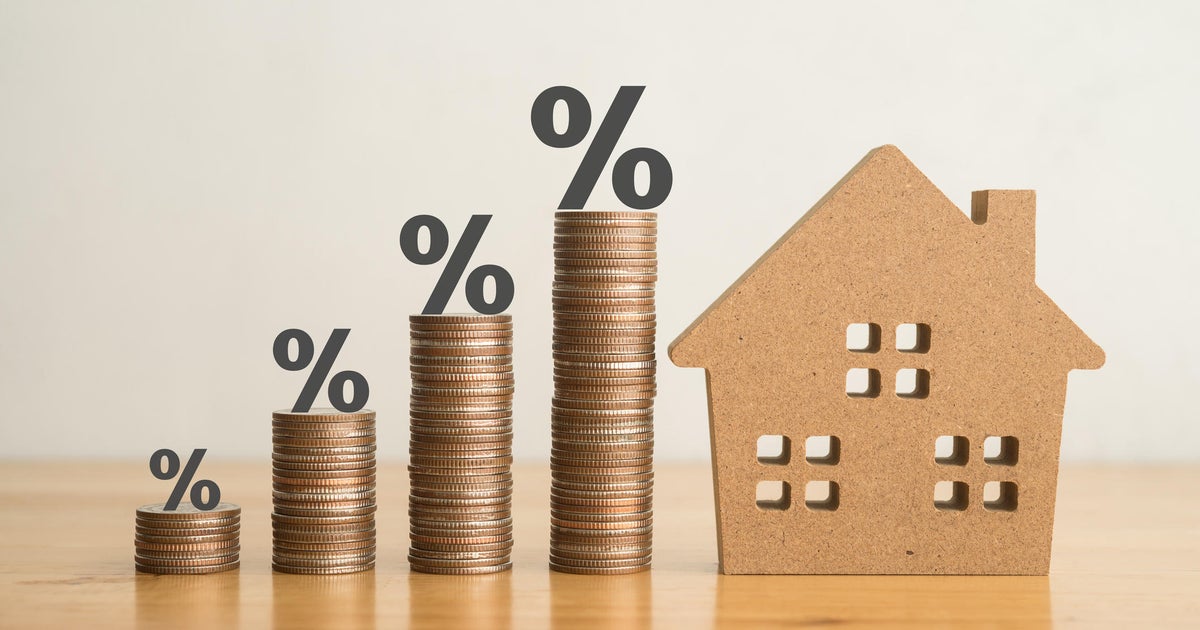3 signs you should add gold to your portfolio in 2024
When it comes to investing, there's no shortage of assets to consider. Not only can you put money into stocks, bonds, money market accounts, exchange-traded funds (ETFs) and other more traditional investment assets, but there are alternative investments to consider, too, like gold, silver and other precious metals. But while there are plenty of options for your investment portfolio, not all of them offer the same level of risk — or the same benefits.
For example, investing in the stock market can be lucrative — but it can also be pretty risky. After all, stock values can climb and result in big returns, but they can also decline quickly. On the other hand, a money market account can be a safe place to put your money, but the downside is that the potential returns won't be as high as many other investments.
Ultimately, the key to a solid investment portfolio is to make sure that your assets are diversified. One way to do that is to add gold to your portfolio, as it can help offset some of the risk from other assets. But as with any investment, it's important to time your gold purchase correctly. And, there are clear signs that it could be smart to add gold to your portfolio in 2024 — so it may be time to consider making a move.
Find out more about your gold investing options here.
3 signs you should add gold to your portfolio in 2024
Here are a few big signs that you may want to consider adding gold to your portfolio this year:
Gold prices are surging
One clear indicator that supports gold's appeal in 2024 is the sustained surge in gold prices, which have been hovering around $2,000 per ounce for the last several weeks. This upswing reflects increased investor interest in the precious metal and confidence in gold as a safe-haven asset. So, if you're considering an investment in the precious metal and want to get the timing right, paying attention to the price trends could be crucial.
Explore how gold investing could benefit your portfolio here.
Geopolitical tensions continue to loom
Geopolitical tensions will often create an atmosphere of uncertainty and risk in traditional financial markets — and these types of tensions are currently looming across the globe. In times of global unrest or political instability, investors seek safe-haven assets to preserve capital, which makes gold, with its intrinsic value and historical reputation as a store of wealth, an attractive option for those looking to shield their portfolios from the impact of geopolitical events.
In addition, these tensions can lead to increased market volatility, making traditional investments more unpredictable. And, gold's low correlation with other assets makes it an effective diversification tool during such turbulent times. So, with the risk of heightened geopolitical tensions affecting financial markets in 2024, adding gold to your portfolio can help mitigate risk and enhance overall stability.
Inflation is still devaluing the dollar
Gold tends to perform well when the dollar weakens due to economic challenges, like inflation. In turn, the inverse relationship between gold and the strength of the U.S. dollar is a critical factor to consider — especially right now, while inflation issues still loom.
That said, it's worth noting that the inflation rate has declined significantly compared to this time last year. However, the inflation rate is still hovering over 3% — which is continuing to impact the value of the dollar. And, while there's a chance that the Federal Reserve's attempts to further temper inflation will work, there's also a chance that they won't.
So, at a time with so many uncertainties — and as the dollar's trajectory is still impacted by inflation — it makes sense to consider whether adding gold to your portfolio in 2024 will help you better meet your financial goals.
How to decide if gold investing is right for you
While the signs mentioned above may point to the potential benefits of adding gold to your portfolio in 2024, it's crucial to conduct a thorough self-assessment before making any investment decisions.
Here are a few steps you can take to determine whether gold investing aligns with your financial objectives:
Clarify your investment goals
Before delving into any investment, it's essential to clearly define your investment goals. Are you seeking capital preservation, long-term growth or a hedge against inflation? Understanding your objectives will guide you in evaluating whether gold's characteristics align with your financial aspirations.
Understand your time horizon
Your investment time horizon is also a critical factor when considering gold. While gold can serve as a reliable store of value over the long term, its short-term price movements might be influenced by various factors. If you have a longer investment horizon and can withstand short-term market fluctuations, gold may fit well into your portfolio.
Evaluate economic and market conditions
Be sure to stay informed about the broader economic and market conditions and consider the current state of inflation, interest rates and geopolitical events. If you believe these factors are likely to impact traditional investments negatively, gold's role as a hedge might be particularly attractive.
Weigh your diversification needs
Evaluate your existing portfolio and assess the level of diversification it offers. If you lack exposure to assets with low correlation to traditional investments, incorporating gold can enhance diversification and potentially reduce overall portfolio risk.
The bottom line
The surge in gold prices, coupled with geopolitical uncertainties, underscores the precious metal's potential in 2024. However, deciding if gold investing is right for you requires a thoughtful examination of your financial goals and risk appetite. As with any investment decision, though, it's important to ensure that the assets in your portfolio align with your objectives and adapt to the ever-changing market landscape.




